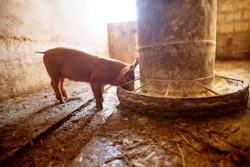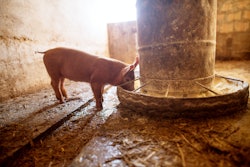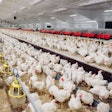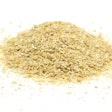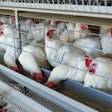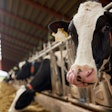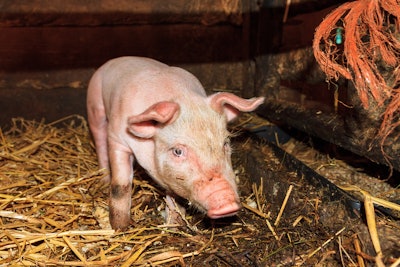
I have designed, manufactured and sold countless piglet feeds. My experience has shown me that a single base mix is more than enough for all piglet feeds. Let me explain.
A piglet feed contains the following basic ingredients:
- Cereals
- Proteins
- Milk products
- Specialty products
- Micro ingredients
Many farms manufacture feeds at their own facilities. Several local feed mills also make piglet feeds for small to medium farms. In these cases, a single base mix that will include the milk products (e.g. whey), specialty products (e.g. refined soybean proteins) and micro ingredients (minerals, vitamins, additives, etc.) can be used to manufacture all that is needed.
In some cases (small producers), a single post-weaning feed is more than they can handle. The logistics expense of two or three nursery feeds can be higher than any cost savings from a lower nutrient profile. In fact, in some markets, piglets can really benefit from the extra nourishment, but that is another story.
For larger producers, it is possible to adjust the inclusion rate of the base mix to manufacture two or even three piglet feeds, such as Phase 1, 2 and 3 for piglets from weaning until, say, 20 kilograms or 45 pounds. Above that, I consider a growing feed necessary, unless there is no way to offer such feed in the nursery.
I have been asked many times how many feeds piglets should be offered. There is no single answer. Here are some examples: If you have 100 sows, a single piglet feed is more than enough; feeding management will take care the rest. At the other end, I had a customer in the U.S. who had 10 piglet feeds. Why? Because he was buying complete feed, and this is how often he filled each bin for each piglet batch. Were all these feeds so different from each other? No, there were slight adjustments, but he was a mega-producer, and each cent made a difference.
I have previously suggested a single feed (not base mix) for all broiler phases (except for the 0-4-day period). This was a concept that faced not only skepticism, but also some negative remarks. I never said it would work in all cases. It is the job of a nutritionist to decide what is best for each farm. Here, I am making another suggestion, again with the disclaimer that it is not for everyone, and it needs to be adjusted to individual situations.


